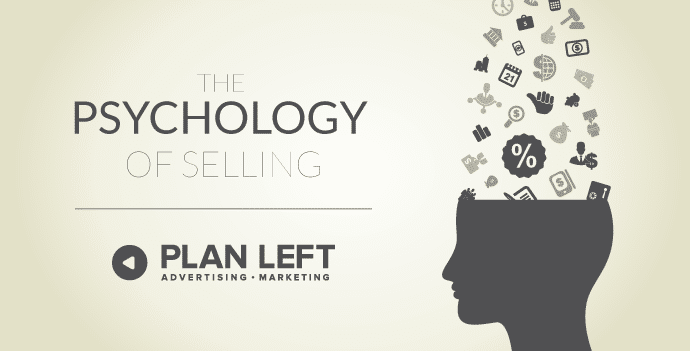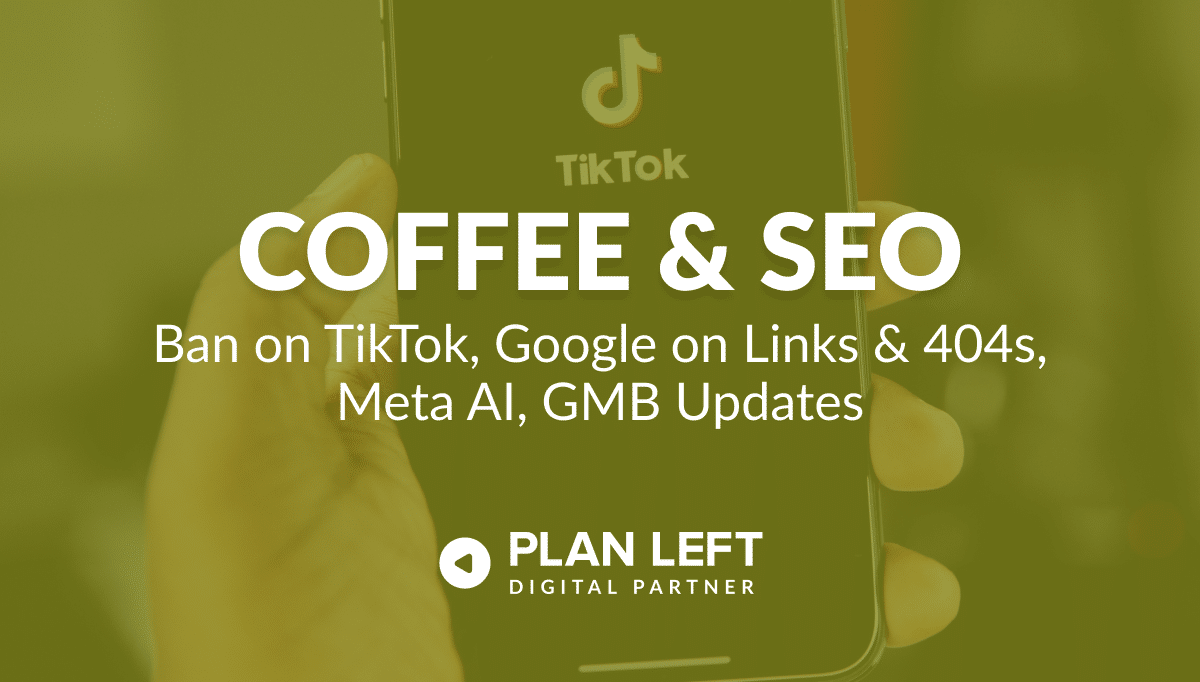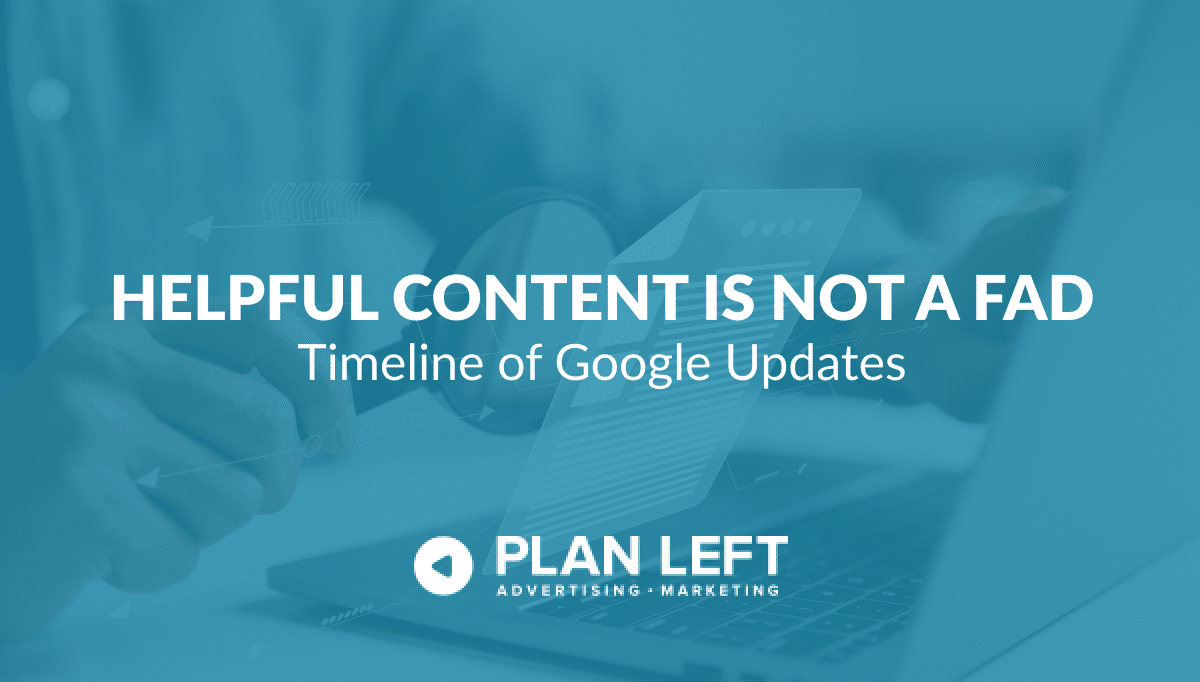
Selling online should be as easy as offering products and accepting payment, but it never is. Consumers are affected by thousands of things, both internal and external, that may prompt a purchase or result in abandoned carts. The following are actual psychological studies backed by data that may help you encourage sales for your ecommerce site.
Goal-Gradient Effect
A recent study proves that consumers are much more likely to buy into a product, service, or charitable cause if most of the work has already been completed. For instance, a Kickstarter campaign in its last few hours could exceed the goal if the majority of funds have already been pledged by that point.
To put this to work for your ecommerce site, consider your loyalty programs. If you award enough points upon registration for buyers to use their loyalty reward almost immediately, the purchase is more likely to be completed.
A caveat: The goal-gradient effect resets after the goal has been met. Buyers who must start again at zero are less likely to put forth the effort to reach the goal a second time. However, a “gold status member” or “premium partner” relationship could provide a feeling of exclusivity, which would help further the relationship.
Choice Paralysis
Choice is important in your ecommerce business. Supplying only one selection limits the decision-making process for your buyers, who then feel they have no say in what they purchase. The overwhelming urge may be to offer as many choices as possible to counterbalance, but this also will have negative effects.
A study between Columbia University and Stanford University found that too many choices will essentially paralyze consumers. The demotivating factor is likely cognitive overload from the need to remember and compare. Another possible reason is that buyers trust companies to make the harder decisions first so that only the most palatable choices remain.
For use on your ecommerce site, simply limit the choices you offer. Make those difficult decisions to eliminate items from your inventory so that buyers will trust they’re getting the best quality products. If choice is a part of your brand, then limit the number of decisions a buyer has to make at any given moment.
For instance, if your site sells leather products, show first a selection of types of leather: bags, wallets, clothing, etc. Once the buyer has made that selection, show then the styles available. Then you may open up the choice of color. This will still give buyers plenty of choices without overloading their senses on a page filled with every product available. This can also be done with good-better-best options, as well as showing buyers what others have bought.
Inaction Inertia
Offering sales too often could result in inaction inertia with your buyers. This occurs when visitors miss out on the lower price and then refuse to pay full price later. Obviously, disappointment at missing a good deal is a large part of the reason for inaction inertia, but other factors are also at play.
When you mark down your prices, consumers’ perception of that product’s value is skewed. Once the price returns to normal, the buyer can only think of how much they’d pay for something that’s obviously worth much less.
For this reason, marking down prices should happen only when you don’t plan to stock the same product in the future. An ongoing clearance section on your website can provide a continued value proposition, but only if those items sold are truly being cleared from your inventory. Arbitrary discounts could hurt your future revenue.
Anchor Bias
On the opposite end of the pricing spectrum is anchor bias, which says consumers will place more weight on the first number they’re given. In other words, the initial price a buyer sees sets the standard for judgment. This pricing technique can be used to convince consumers they’re getting a great deal.
As you might expect, the car sales industry uses this technique often. A price is given, and then negotiations begin. No matter what price buyer and seller eventually agree on, the buyer will feel he got the best deal, as long as the selling price is lower than the asking price.
A caveat: This works only if the original price isn’t outrageous. Setting an anchor of $99 for a T-shirt and then selling for $19.99 won’t have the same effect as setting an anchor of $24.99. Also bear in mind that the effect is diminished with consumers who have higher cognitive ability, though it doesn’t vanish.
Instant Gratification
There’s a saying that states, “Don’t sacrifice your future for momentary pleasure.” Wise words or not, that’s exactly what consumers will do. When offered two rewards of differing value—the lesser-valued reward immediately or a greater reward at some point in the future—people will choose the instant gratification.
For this reason, convenience is often valued over quality. Buyers will choose a cheaper alternative they can use immediately rather than wait for something better. Amazon capitalized on this with their Kindle ebooks, which now outsell hard copies available for sale on the site.
Hedonic Adaptation
Again, because humans are strange beings, there is an opposite end of the spectrum for gratification, too. Harvard’s study on hedonic adaptation discovered participants who hadn’t eaten chocolate for two weeks enjoyed their candy much more than those who had unlimited chocolate during the experiment.
What this actually means is that, while people will grab for instant gratification, they will enjoy their purchases much more if there is a waiting period. To offer the best of both worlds, allow buyers to pre-order new merchandise and offer your loyal customers first look at next season’s products. For customized products, keep the buyer in the loop as his or her purchase is created.
IKEA Effect
Though strangely named, the IKEA effect is one of the most powerful of the principles proven here. Basically, consumers place more value on products they built themselves, according to a study by Harvard Business School. In other words, customizable products and services are the key to your ecommerce business.
When buyers have a chance to put their own personal mark on the products they buy, they tend to value those purchases more than any others. For that reason, any choices you can offer to buyers will bring you better results.
Entourage Effect
Believe it or not, consumers would rather share their VIP status than keep it all to themselves. This study shows that buyers prefer an entourage, even if it means they get fewer perks in the end.
Your ecommerce loyalty program may provide special offers to your top customers and friends of their choosing. You could also target the same social circles when extending invitations to special events. As long as the participants know the actual VIP so that their enjoyment will elevate his or her status, the entourage effect will benefit all involved.
Purchase Justification
Buyer’s remorse is a powerful thing, but not nearly as powerful as purchase justification. This study on post-purchase product evaluations says buyers are more likely to submit a positive review than a negative one, simply because they feel the need to justify their purchase.
To strengthen this justification, encouragement may be needed. A note with their purchase delivery reminding them of how wonderful their product will be and how wise they were to order it could go a long way toward soothing that buyer’s remorse. Also, an invitation to leave a review will most certainly encourage consumers to reflect more on the positive aspects of their purchase than the negatives.
Psychological manipulation is all a part of running an ecommerce business. All buyers need encouragement of some sort to complete their purchases, even if your products meet every one of their pain points. There is nothing wrong with putting some, or even all, of these studies into effect for your business.
Explore Latest Posts
Since the last round of Core and Spam updates knocked nearly 40% of websites out of Google’s search index, it ... read more
April 26, 2024
Google says the quality of your webpage is a ranking factor, but what is ‘quality’ according to Google? That would ... read more
April 19, 2024
In 2011, Google first changed how content was written with the Panda Update by changing how keywords could be used ... read more
April 17, 2024
MARKETING insights
Join the Thousands Who Receive Our Twice-Monthly Newsletter.
It's hard to keep up. Our newsletter is packed with buyer behavior insights, the latest marketing and technology updates, work/life balance tips, and—because we ❤️ our support staff—adorable pets looking for forever homes. Only twice per month. No clogged inboxes. You can't say no.




